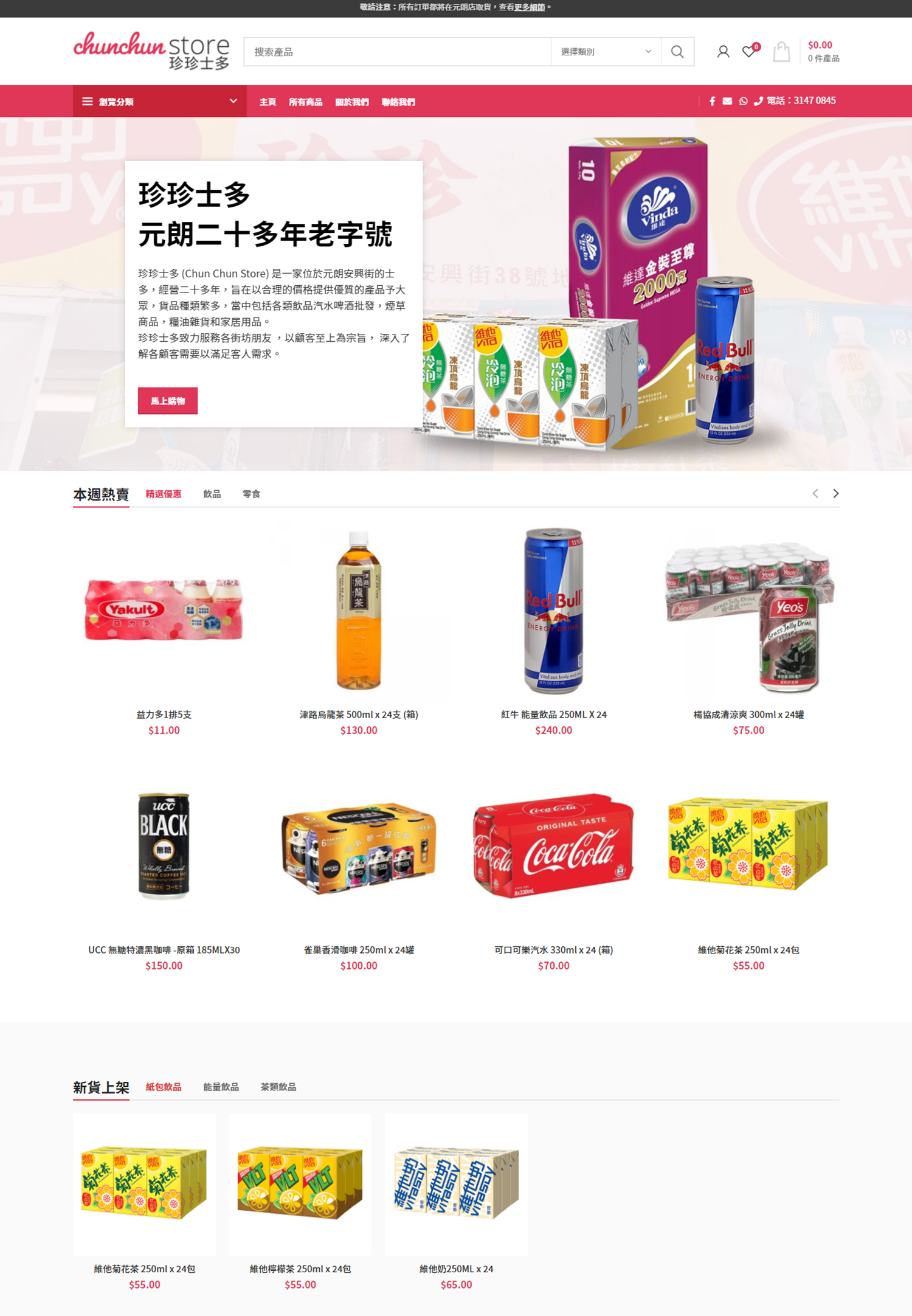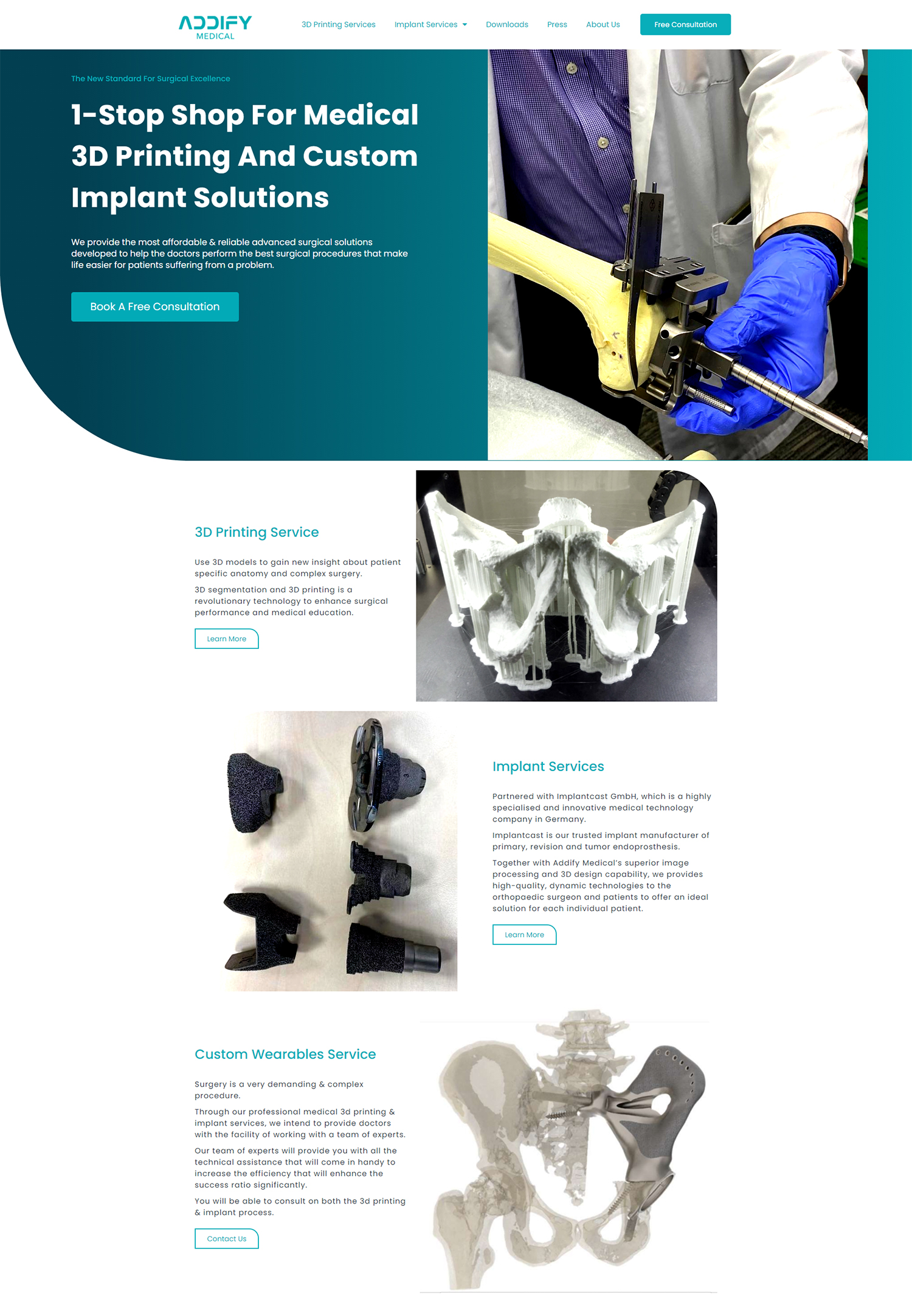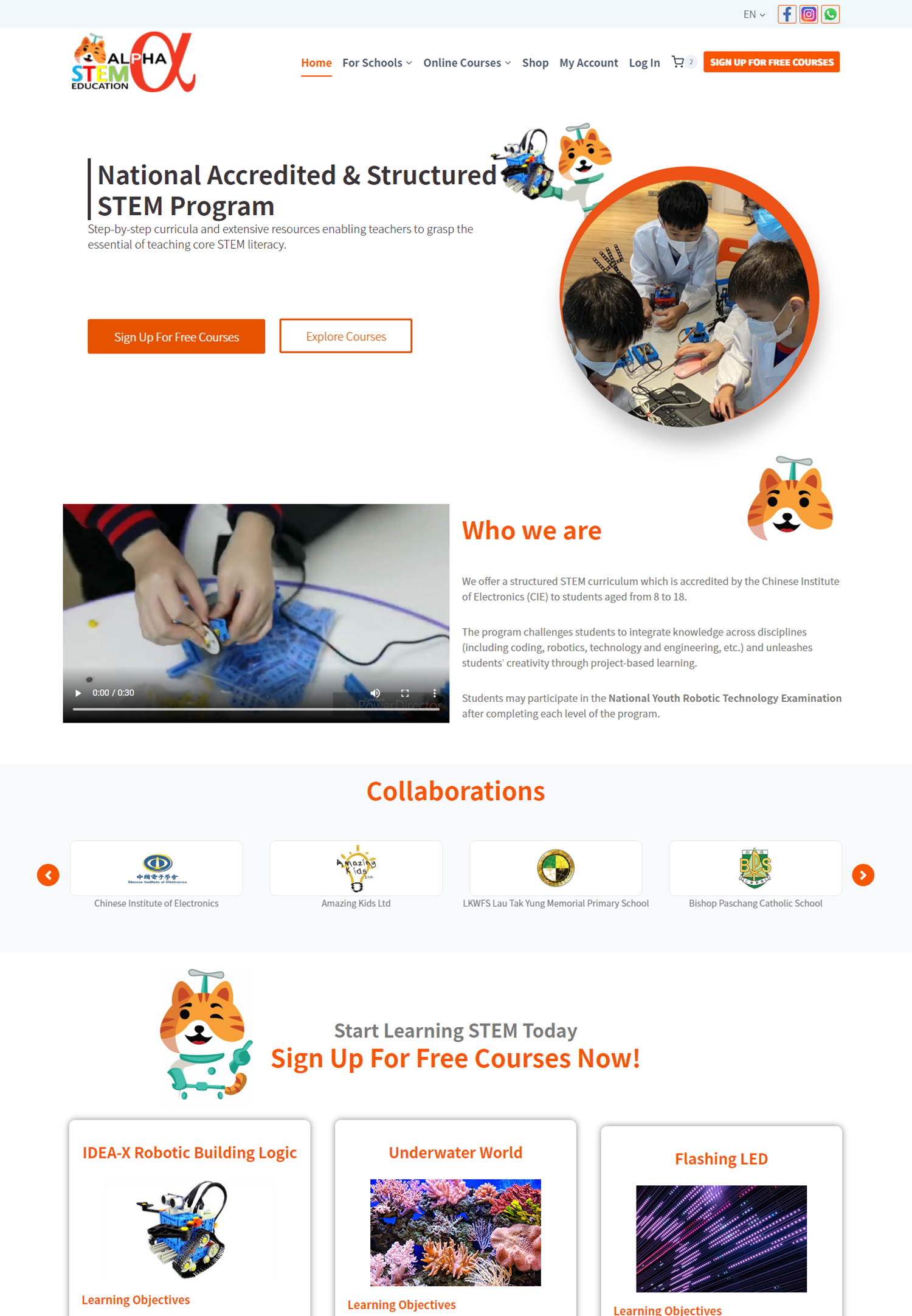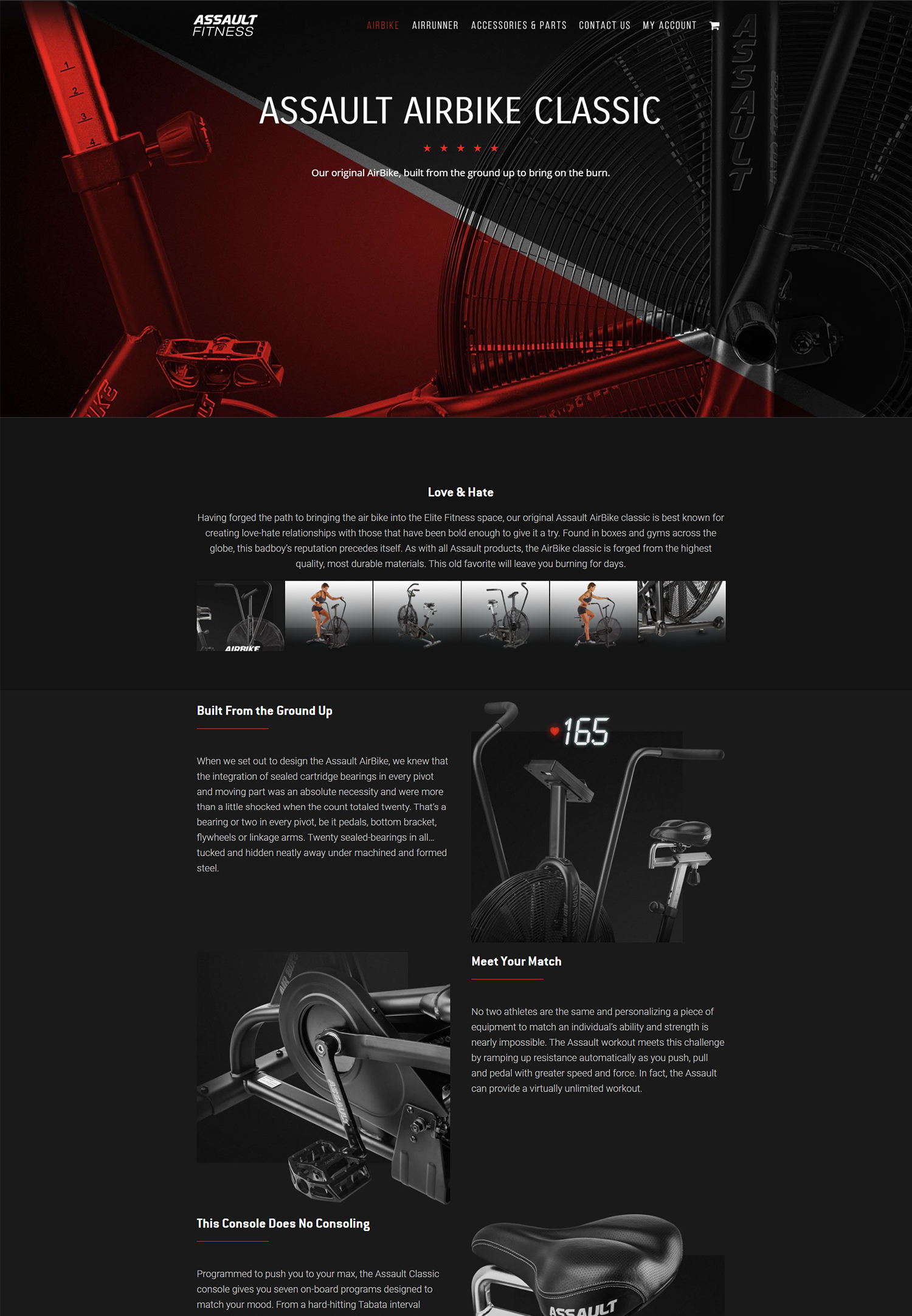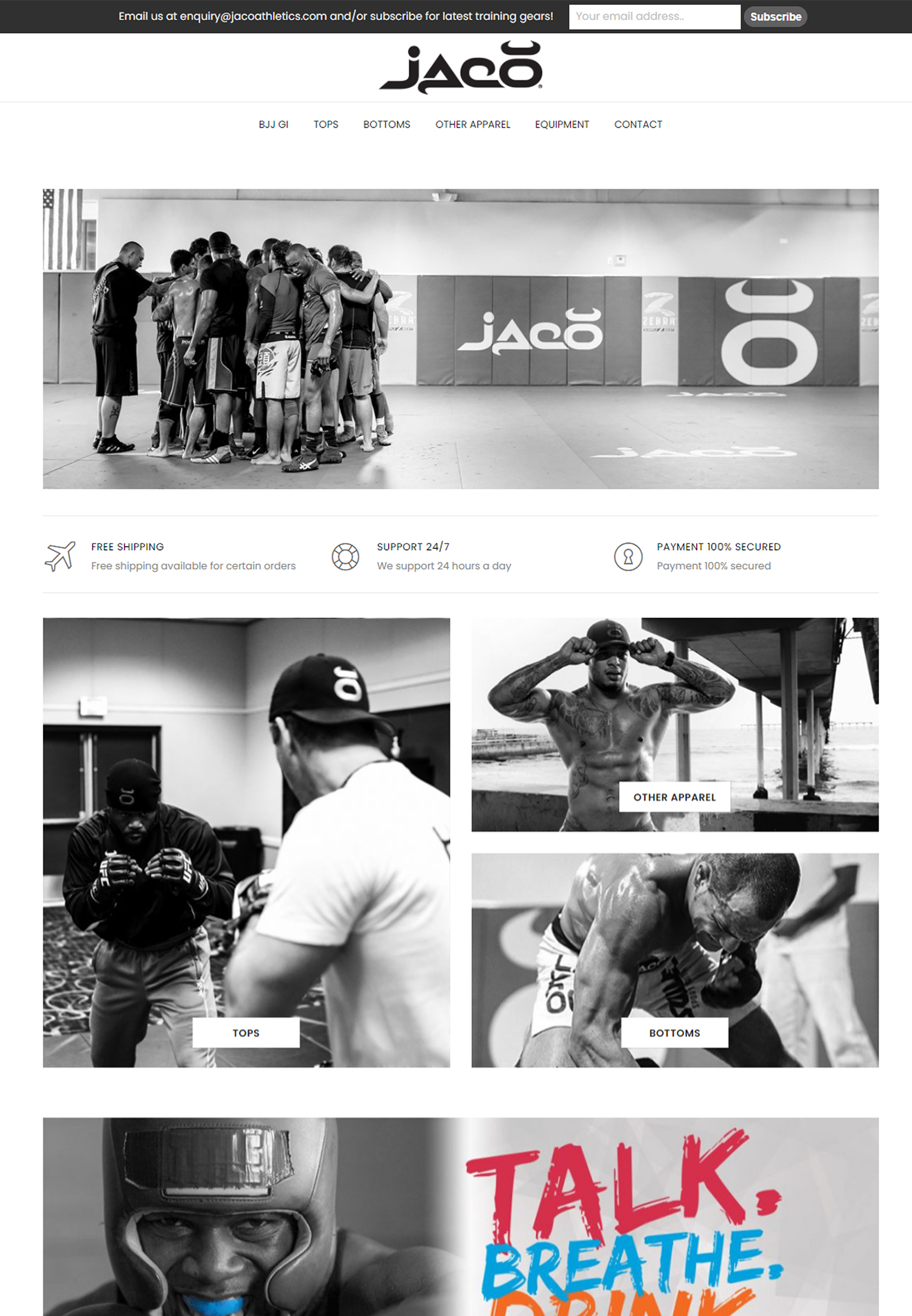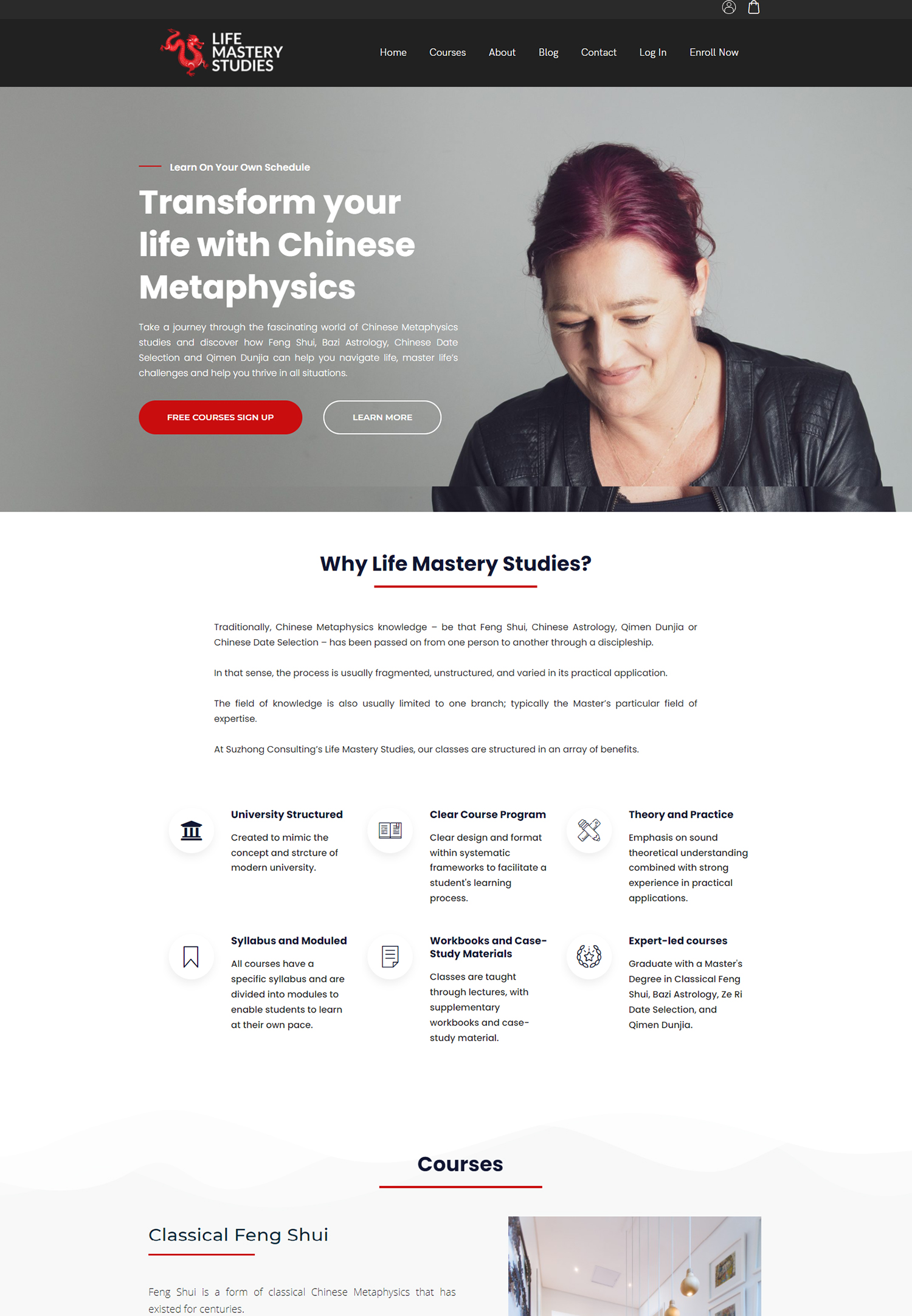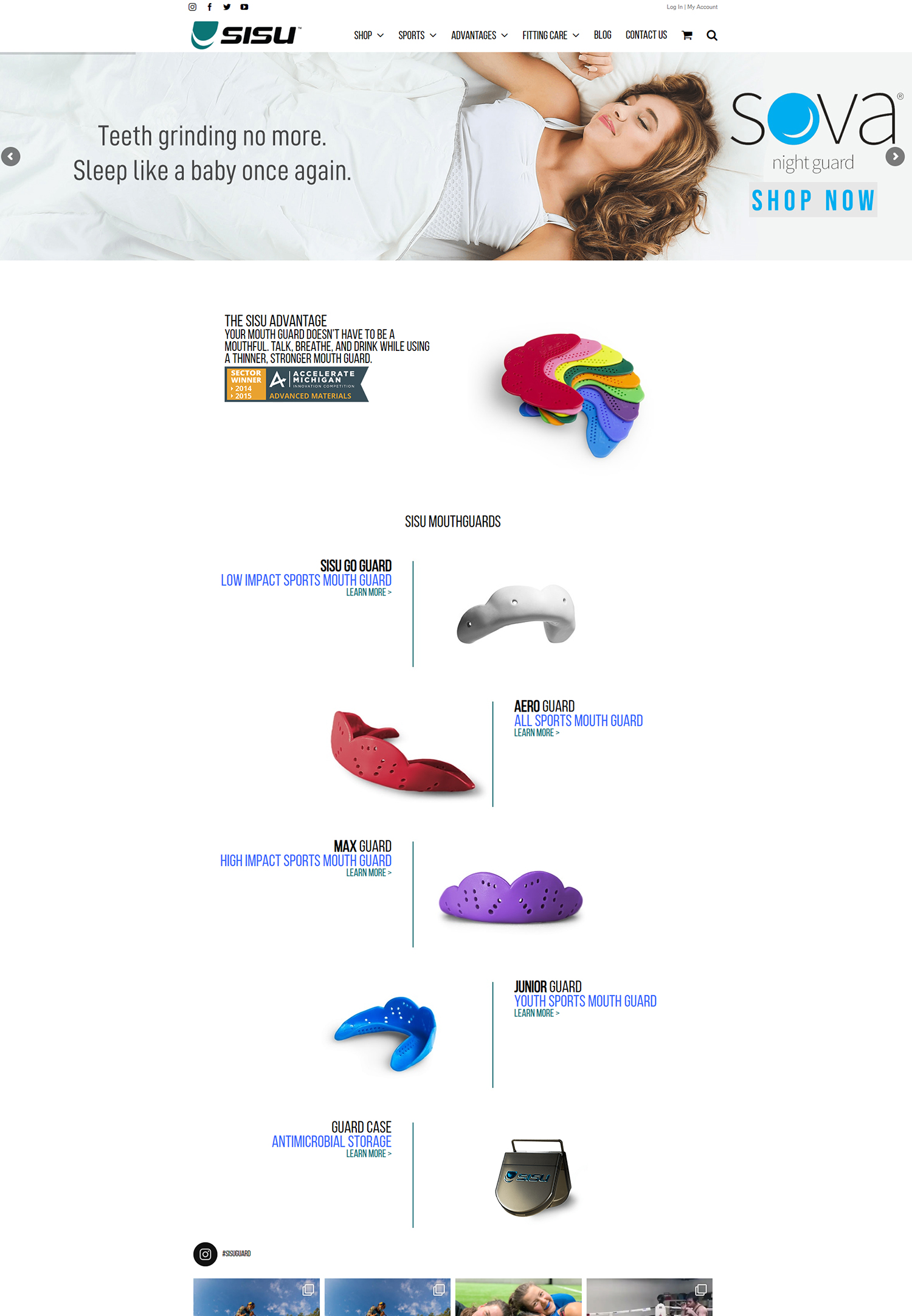Digital marketing encompasses a broad spectrum of strategies and techniques aimed at promoting products or services through digital channels. Unlike traditional marketing, which relies on print media, television, and radio, digital marketing leverages the internet and electronic devices to reach consumers. This shift has transformed how businesses interact with their customers, allowing for more targeted and measurable campaigns.
The rise of the internet has given birth to various platforms, including social media, search engines, email, and websites, each offering unique opportunities for engagement and conversion. At its core, digital marketing is about understanding consumer behavior in the digital landscape. It involves analyzing data to identify trends, preferences, and pain points that can inform marketing strategies.
For instance, businesses can utilize tools like Google Analytics to track user interactions on their websites, gaining insights into which pages attract the most traffic and where users tend to drop off. This data-driven approach enables marketers to refine their tactics continuously, ensuring that they resonate with their target audience. As technology evolves, so too does the landscape of digital marketing, making it essential for businesses to stay informed about emerging trends and tools.
Key Takeaways
- Digital marketing encompasses a wide range of online tactics and strategies to reach and engage with target audiences.
- A strong online presence is crucial for businesses to establish credibility and connect with potential customers.
- Social media platforms offer a valuable opportunity to engage with customers, build brand awareness, and drive website traffic.
- Email marketing remains an effective way to nurture leads, promote products or services, and maintain customer relationships.
- SEO is essential for improving website visibility and driving organic traffic from search engines.
Creating a Strong Online Presence
Key Elements of a Successful Website
The website should be user-friendly, mobile-responsive, and optimized for search engines to ensure that it ranks well in search results. A clear navigation structure, engaging visuals, and compelling content are crucial elements that contribute to a positive user experience.
Consistency Across Online Platforms
Beyond a functional website, businesses must also consider their branding across various online platforms. Consistency in messaging, tone, and visual identity helps build trust and recognition among consumers. This includes maintaining uniformity in logos, color schemes, and typography across social media profiles, email communications, and other digital touchpoints.
Creating Valuable Content
Additionally, creating valuable content that addresses customer needs can enhance online visibility and establish authority in the industry. By sharing informative blog posts, videos, or infographics, businesses can engage their audience while driving traffic to their website.
Leveraging Social Media
Social media platforms have revolutionized how brands connect with their audiences. With billions of users worldwide, platforms like Facebook, Instagram, Twitter, and LinkedIn offer unparalleled opportunities for engagement and brand awareness. Businesses can leverage these platforms to share content, interact with customers, and build a community around their brand.
Each platform has its unique characteristics and user demographics, making it essential for marketers to tailor their strategies accordingly. For instance, Instagram is particularly effective for visually-driven brands that can showcase their products through high-quality images and videos. Utilizing features like Stories and Reels can enhance engagement by providing a more dynamic way to connect with followers.
On the other hand, LinkedIn serves as a professional networking platform where B2B companies can share industry insights and connect with potential clients or partners. By actively participating in discussions and sharing valuable content on LinkedIn, businesses can position themselves as thought leaders in their respective fields.
Email Marketing Strategies
| Metrics | Description |
|---|---|
| Open Rate | The percentage of recipients who opened the email |
| Click-Through Rate (CTR) | The percentage of recipients who clicked on a link within the email |
| Conversion Rate | The percentage of recipients who completed a desired action after clicking on a link in the email |
| Bounce Rate | The percentage of emails that were not delivered to the recipient’s inbox |
| List Growth Rate | The rate at which your email list is growing over a specific period of time |
Email marketing remains one of the most effective digital marketing strategies for nurturing leads and maintaining customer relationships. Unlike social media or search engine ads that may be fleeting, emails provide a direct line of communication with consumers who have expressed interest in a brand. To maximize the effectiveness of email marketing campaigns, businesses should focus on building a quality email list through opt-in forms on their websites or social media channels.
Segmentation is a critical component of successful email marketing. By categorizing subscribers based on demographics, purchase history, or engagement levels, businesses can tailor their messages to meet specific needs. For example, a retail brand might send personalized product recommendations to customers who have previously purchased similar items.
Additionally, incorporating automation tools can streamline the process of sending timely emails based on user behavior—such as abandoned cart reminders or follow-up messages after a purchase—enhancing the overall customer experience.
Search Engine Optimization (SEO)
Search Engine Optimization (SEO) is a vital aspect of digital marketing that focuses on improving a website’s visibility in search engine results pages (SERPs). The primary goal of SEO is to drive organic traffic by ensuring that a website ranks high for relevant keywords. This involves both on-page and off-page optimization techniques.
On-page SEO includes optimizing content with targeted keywords, improving site speed, and ensuring mobile-friendliness. Off-page SEO involves building backlinks from reputable sites to enhance domain authority. Keyword research is foundational to effective SEO strategies.
Tools like Google Keyword Planner or SEMrush can help identify high-traffic keywords relevant to a business’s niche. Once identified, these keywords should be strategically incorporated into website content, meta descriptions, and headers to improve search rankings. Additionally, creating high-quality content that answers users’ queries can lead to increased dwell time on the site—a factor that search engines consider when ranking pages.
Regularly updating content and optimizing for voice search are also essential practices as consumer behavior continues to evolve.
Pay-Per-Click Advertising
Maximizing PPC Campaign Effectiveness
Google Ads is one of the most popular platforms for PPC advertising, allowing businesses to create text-based ads that appear at the top of search results. To maximize the effectiveness of PPC campaigns, it is crucial to conduct thorough keyword research and create compelling ad copy that encourages clicks. A/B testing different ad variations can help identify which messages resonate best with the target audience.
Measuring Campaign Success
Additionally, setting up conversion tracking allows businesses to measure the effectiveness of their campaigns by analyzing which ads lead to desired actions—such as purchases or sign-ups—on their websites.
Optimizing for Better ROI
By continuously optimizing campaigns based on performance data, businesses can improve their return on investment (ROI) over time.
Content Marketing
Content marketing is an integral part of any digital marketing strategy that focuses on creating valuable and relevant content to attract and engage a target audience. This approach goes beyond traditional advertising by providing information that addresses customer needs or interests without overtly promoting products or services. Blogs, videos, podcasts, infographics, and eBooks are just a few examples of content types that can be utilized to educate consumers while building brand loyalty.
A successful content marketing strategy begins with understanding the target audience’s pain points and preferences. Conducting surveys or analyzing social media interactions can provide insights into what topics resonate most with potential customers. Once this information is gathered, businesses can create a content calendar that outlines when and where to publish various pieces of content.
Consistency is key; regularly updating blogs or posting on social media keeps the audience engaged while improving SEO rankings through fresh content.
Measuring Success with Analytics
In the realm of digital marketing, measuring success is paramount for understanding the effectiveness of various strategies and making informed decisions moving forward. Analytics tools provide valuable insights into user behavior, campaign performance, and overall website traffic. Google Analytics is one of the most widely used platforms for tracking key performance indicators (KPIs) such as page views, bounce rates, conversion rates, and user demographics.
By analyzing this data, businesses can identify which marketing channels are driving the most traffic and conversions. For example, if social media campaigns are generating significant engagement but low conversion rates, it may indicate a need for better-targeted messaging or improved landing pages. Additionally, setting up goals within analytics platforms allows marketers to track specific actions taken by users—such as signing up for newsletters or completing purchases—providing a clearer picture of ROI for different campaigns.
Regularly reviewing analytics data enables businesses to adapt their strategies in real-time, ensuring they remain competitive in an ever-evolving digital landscape.






